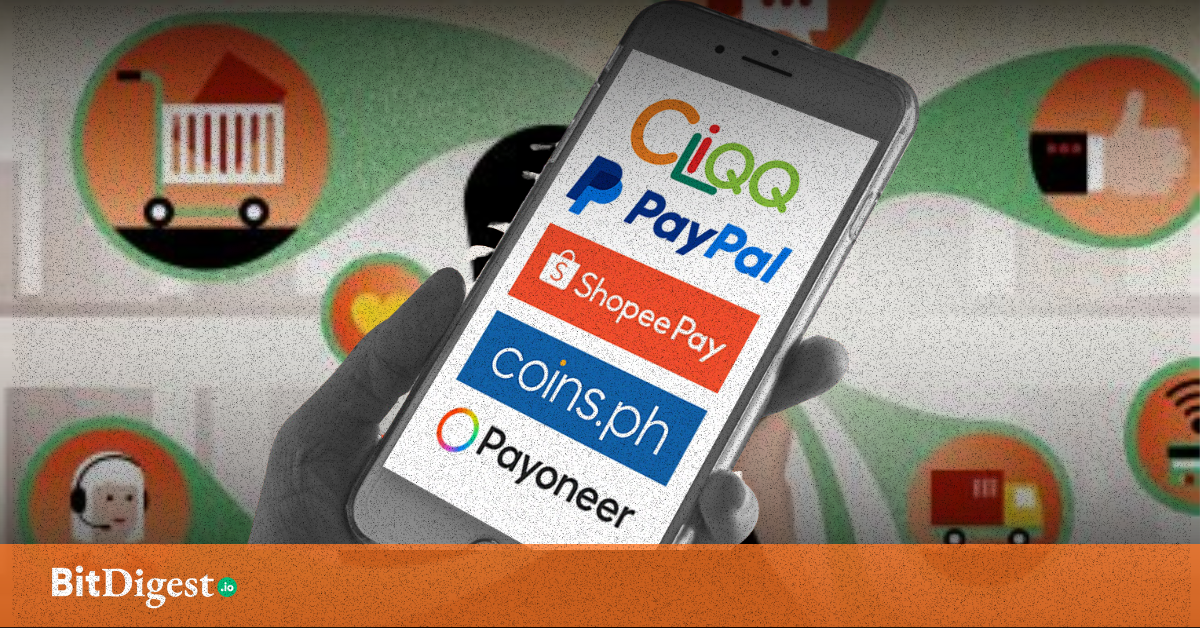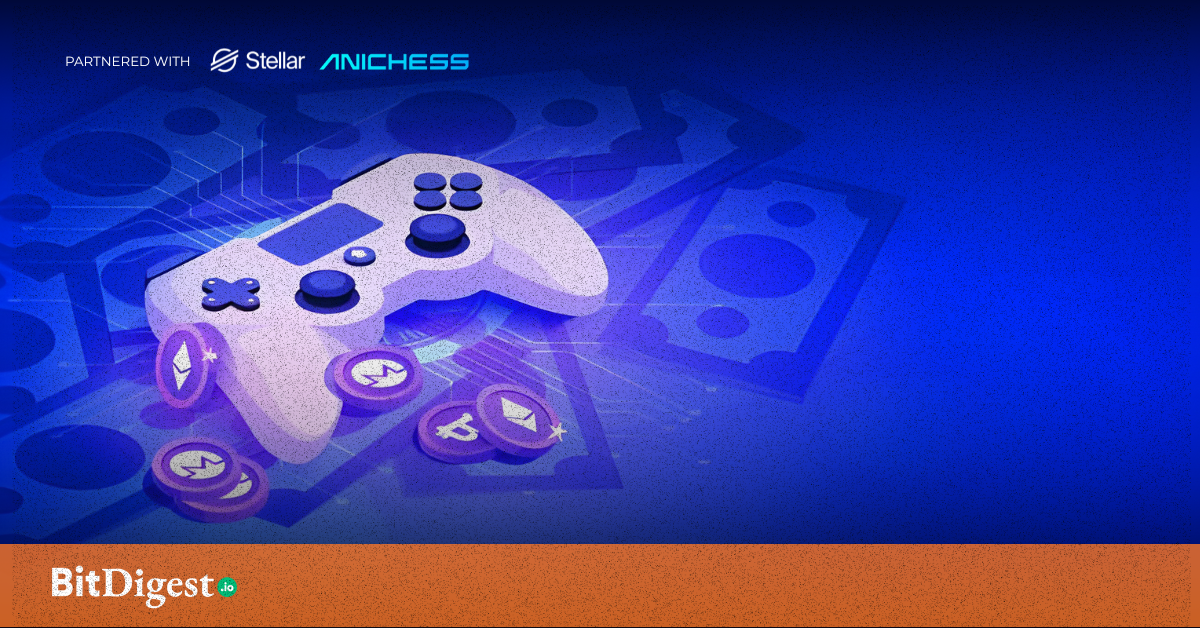What Is a Direct Acyclic Graph (DAG)?
What is Direct Acyclic Graph or DAG? A DAG is a type of data storage and consensus mechanism that is different from Bitcoin or Ethereum or blockchain. Technically, it's not a chain of transaction blocks. Instead, the transactions are represented in a graph or a tree-like manner.

Acyclic may be a new word, but in Merriam Webster, it just basically means that the nodes (in the image, a, b, c, d, e) do not cycle back. Node e cannot lead back to Node a. In blockchain, all transactions must be placed inside a huge distributed ledger. In blockchain, all transactions have to be recorded in the blockchain. In DAGs, specifically in the cryptocurrency Nano, to recognize an exchange of currency, there must be two transactions that get recorded in the DAG, one for sending the amount and another for receiving the transaction. A transaction cannot be finalized until there is a settlement between the sender and receiver. By not requiring ALL nodes to broadcast the finished transaction to other nodes, and instead broadcasting the transaction to relevant nodes when the transaction has been settled, syncing data across the entire network can be more reactionary or event-driven.
In Bitcoin, before the node is able to make any transaction, the node must have the latest block, else it will not be able to broadcast a new transaction on the blockchain. In Nano, once the node sends a transaction, it tells the network that I have sent out x coins to this wallet, and this wallet must also recognize to receive it. Other nodes can eventually catch up to this change once the node who received is trying to send out x coins once more. The result is there's less work required to sync across ALL nodes enabling scalability, which is usually the issue with the blockchain.
Since the DAG framework requires less work, it allows for transactions that are faster and at virtually no cost. However, the low cost and fast transaction speed means there's a big issue with a bad perpetrator. How will the network protect against bots that continually generate fake transactions to load the network? DAG technology is still relatively new compared to blockchain technology, and we have yet to see any DAG cryptocurrency really scale effectively.
Current DAG cryptocurrencies that you can read more about and how they differentiate from each other: IOTA, NANO, GBYTE, HBAR, FTM, AVAX. If you notice, most cryptocurrencies that utilize DAG framework have cheaper transaction fees in general.
Content Sources
https://www.merriam-webster.com/dictionary/acyclic
https://tokens-economy.gitbook.io/consensus/chain-based-dag/block-lattice-directed-acyclic-graphs-dags
Image Sources
https://upload.wikimedia.org/wikipedia/commons/thumb/f/fe/Tred-G.svg/640px-Tred-G.svg.png
.svg)


.svg) SHARE TO FACEBOOK
SHARE TO FACEBOOK SHARE TO TWITTER/X
SHARE TO TWITTER/X SHARE TO LINKEDIN
SHARE TO LINKEDIN SEND TO MAIL
SEND TO MAIL





.svg)


.svg)